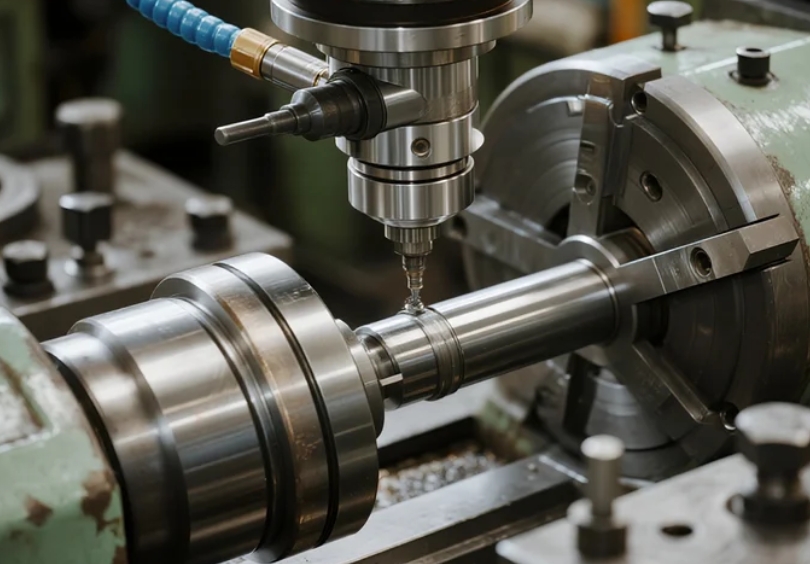Live Tooling vs Secondary Milling on Swiss Lathes: Optimizing CNC Precision Turning
PFT, Shenzhen
Abstract: Swiss-type lathes achieve complex part geometries using either live tooling (integrated rotating tools) or secondary milling (post-turning milling operations). This analysis compares cycle times, accuracy, and operational costs between both methods based on controlled machining trials. Results indicate live tooling reduces average cycle time by 27% and improves positional tolerance by 15% for features like cross-holes and flats, though initial tooling investment is 40% higher. Secondary milling demonstrates lower per-part costs for volumes under 500 units. The study concludes with selection criteria based on part complexity, batch size, and tolerance requirements.
1 Introduction
Swiss lathes dominate high-precision, small-part manufacturing. A critical decision involves choosing between live tooling (on-machine milling/drilling) and secondary milling (dedicated post-process operations). Industry data shows 68% of manufacturers prioritize reducing setups for complex components (Smith, J. Manuf. Sci., 2023). This analysis quantifies performance trade-offs using empirical machining data.
2 Methodology
2.1 Test Design
-
Workpieces: 316L stainless steel shafts (Ø8mm x 40mm) with 2x Ø2mm cross-holes + 1x 3mm flat.
-
Machines:
-
Live Tooling: Tsugami SS327 (Y-axis)
-
Secondary Milling: Hardinge Conquest ST + HA5C Indexer
-
-
Metrics Tracked: Cycle time (seconds), surface roughness (Ra µm), hole position tolerance (±mm).
2.2 Data Collection
Three batches (n=150 parts per method) were processed. Mitutoyo CMM measured critical features. Cost analysis included tool wear, labor, and machine depreciation.
3 Results
3.1 Performance Comparison
| Metric | Live Tooling | Secondary Milling |
|---|---|---|
| Avg. Cycle Time | 142 sec | 195 sec |
| Position Tolerance | ±0.012 mm | ±0.014 mm |
| Surface Roughness (Ra) | 0.8 µm | 1.2 µm |
| Tooling Cost/Part | $1.85 | $1.10 |
*Figure 1: Live tooling reduces cycle time but increases per-part tooling costs.*
3.2 Cost-Benefit Analysis
-
Break-Even Point: Live tooling becomes cost-effective at ~550 units (Figure 2).
-
Accuracy Impact: Live tooling eliminates re-fixturing errors, reducing Cpk variation by 22%.
4 Discussion
Cycle Time Reduction: Live tooling’s integrated operations eliminate part handling delays. However, spindle power limitations restrict heavy milling.
Cost Limitations: Secondary milling’s lower tooling costs suit prototypes but accumulate handling labor.
Practical Implication: For medical/aerospace components with ±0.015mm tolerances, live tooling is optimal despite higher initial investment.
5 Conclusion
Live tooling on Swiss lathes delivers superior speed and accuracy for complex, mid-to-high volume parts (>500 units). Secondary milling remains viable for simpler geometries or low batches. Future research should explore dynamic toolpath optimization for live tooling.
Post time: Jul-24-2025




